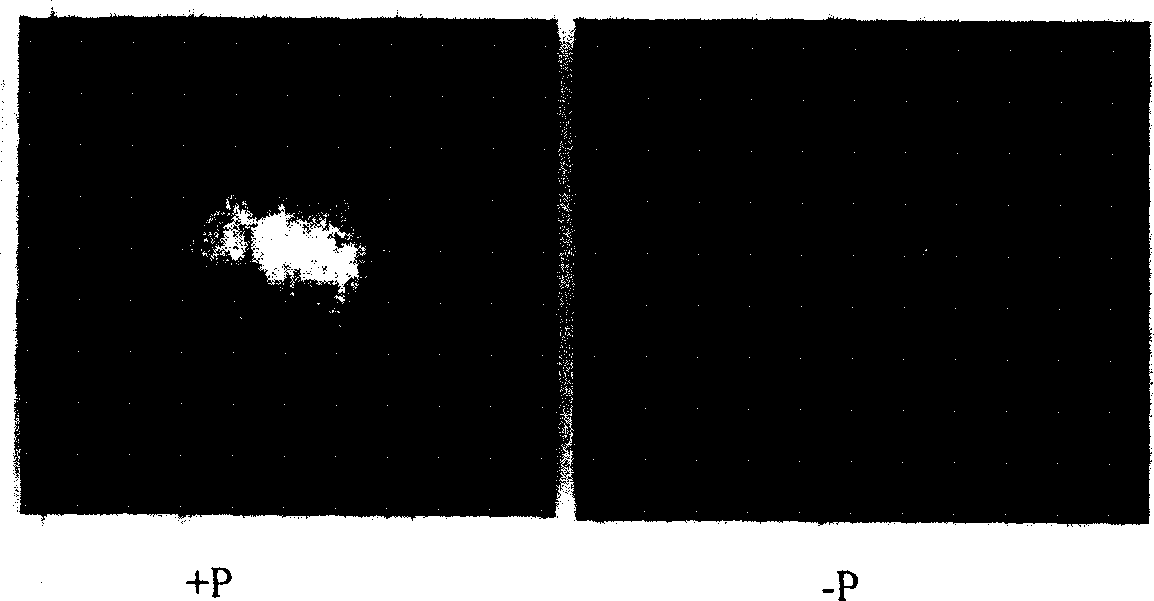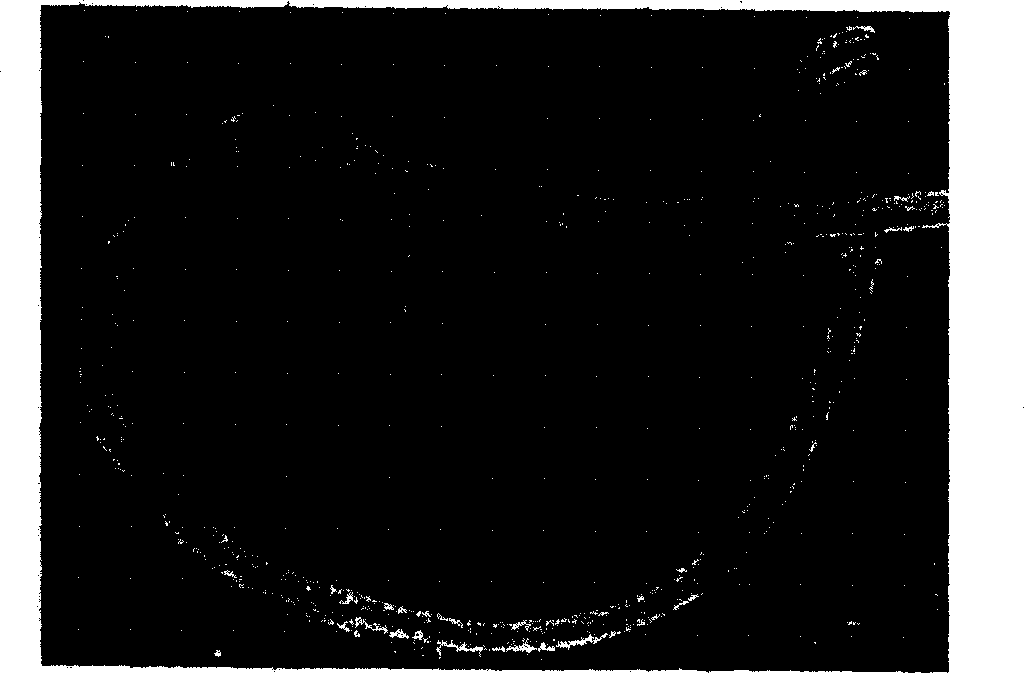Rice root system phosphorus starvation induction specific expression promoter and its plant culture method
A technology of promoter and phosphorus starvation, applied in the field of genetic engineering, can solve the problem of undisclosed functions, and achieve the effects of reducing the cost of food production, reducing the application of phosphorus fertilizer, and improving phosphorus absorption capacity
- Summary
- Abstract
- Description
- Claims
- Application Information
AI Technical Summary
Problems solved by technology
Method used
Image
Examples
Embodiment 1
[0022] Example 1, Construction of Rice Suppressive Subtraction Hybridization Library
[0023] The rice Kasalath variety was soaked at 37°C to accelerate germination, sowed in a yellow sand pot, and transplanted to hydroponic culture after 7 days (the hydroponic culture formula is the standard formula of the International Rice Institute). After the seedlings were cultivated to the three-leaf stage, they began to be divided into groups, one group was cultured normally, and the other group was cultured with phosphorus starvation. After cultivating for 4 days, the materials were collected, and the root materials were collected respectively, and the total RNA was extracted with Trizol from Gibco Company. Oligotex mRNA Mini Kit from Qiagen was used to extract mRNA from 250 μg of total RNA, and 1 μg of mRNA from each of the two materials was used for cDNA synthesis using SMARTTM PCR cDNA Synthesis Kit from Clontech. The cDNA of normal cultured root tissue was used as Driver, and the...
Embodiment 2
[0024] Example 2, Cloning and determination of the cDNA sequence of rice OsIPS1Pr
[0025] Using the cDNA materials for constructing the suppressive subtraction hybridization library, the PCR-Select Differential Screening kit was used to screen the suppressive subtraction hybridization library, and clones of gene fragments strongly induced by phosphorus starvation were obtained. The clone was sequenced to obtain that the gene belonged to the plant Mt4 / TPSI1 gene family. Members of this gene family are specifically expressed by phosphorus induction. Primers were designed to amplify the promoter OsIPS1Pr of the gene. Primer 1: GAGGAGAGAAGTTTTTCGGTGGAG for 3' end amplification, primer 2: AGTTCTAGATGGGTGCTTTTATTTGGAAGTATTG for 5' amplification. The PCR product was cloned into the pT-Adv vector using the PCR Cloning Kit of Clontech Company. After transformation, the plasmid was extracted for sequencing, and a 2100bp sequence was obtained. The detailed sequence is shown in SEQ ID...
Embodiment 3
[0026]Example 3, RT-PCR analysis of OsIPS1 and transgenic expression of OsIPS1Pr and GUS fusion gene
[0027] The rice variety Nipponbare (Nipponbare) that was normally cultured to the three-leaf stage began to be stressed by phosphorus starvation, and the treatment method was consistent with the process of constructing a suppressive subtraction hybrid library. After 4 days of stress, the roots and leaves of normal seedlings and the roots and leaves of starvation-treated seedlings were taken respectively. Total RNA was extracted with Trizol reagent from Gibco. Using OsIPS1 clone as a probe for Northern blot analysis ( figure 1 ).
[0028] Using the above primers and Nipponbare genomic DNA as a template, TAQ enzyme was used to amplify the OsIPS1 promoter at 58°C, with a length of 2100bp. After smoothing the end of T4 polymerase, it was connected with SmaI digested Cambia1391z to construct OsIPS1Pr::GUS fusion gene, and then transformed into Escherichia coli DH5a. Positive c...
PUM
 Login to View More
Login to View More Abstract
Description
Claims
Application Information
 Login to View More
Login to View More - R&D Engineer
- R&D Manager
- IP Professional
- Industry Leading Data Capabilities
- Powerful AI technology
- Patent DNA Extraction
Browse by: Latest US Patents, China's latest patents, Technical Efficacy Thesaurus, Application Domain, Technology Topic, Popular Technical Reports.
© 2024 PatSnap. All rights reserved.Legal|Privacy policy|Modern Slavery Act Transparency Statement|Sitemap|About US| Contact US: help@patsnap.com










